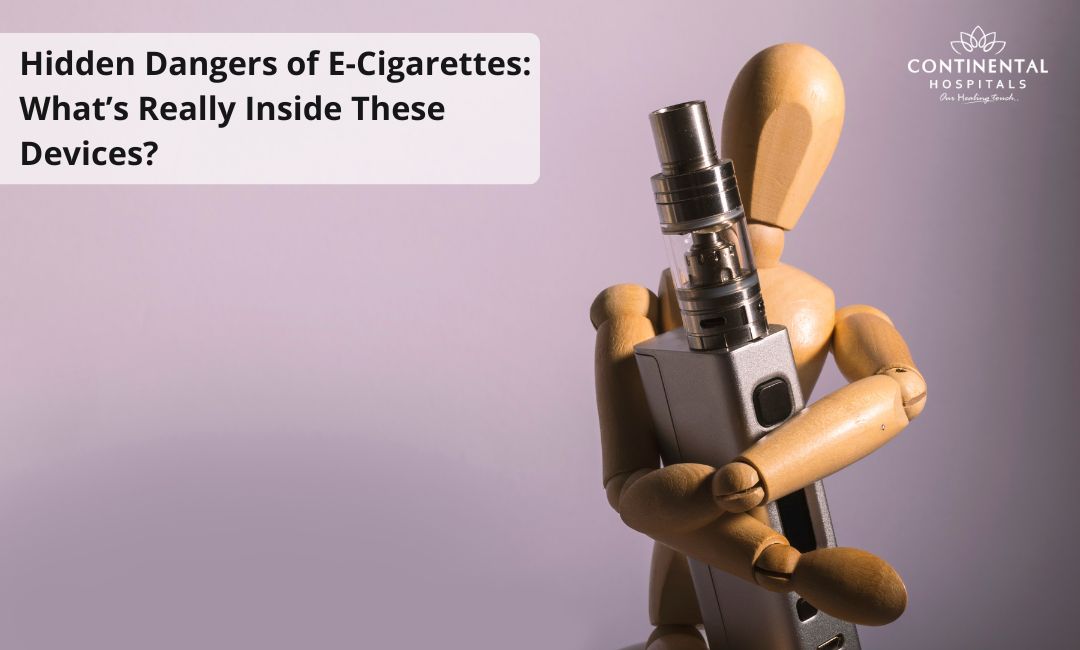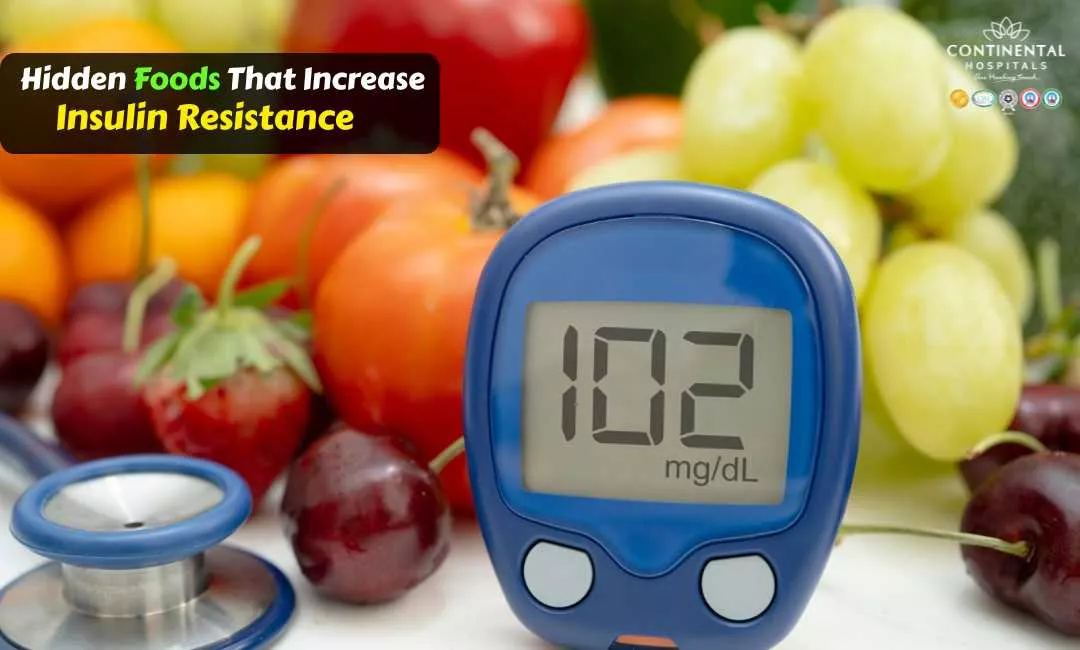E-cigarettes have become very popular lately, and many people say they are better than regular cigarettes for people who want to stop nicotine. Marketers sell them as less dangerous, allowing you to satisfy your nicotine craving without burning tobacco. However, experts have found that e-cigarettes pose serious health risks. The allure of flavored vapors and sleek designs may mask a range of hidden dangers.
What are e-cigarettes?
E-cigarettes, otherwise defined as electronic cigarettes, are battery-operated devices that come designed to deliver nicotine, flavorings, and other chemicals to users in an aerosol form, often times referred to as "vapor." Devices heat up a liquid product (oftentimes called e-liquid or vape juice), usually containing nicotine, propylene glycol, vegetable glycerine, and flavorings.
While cigarettes require tobacco combustion, in e-cigarettes the heating element vaporizes the e-liquid. Because of this, many have claimed that e-cigarettes pose fewer risks compared to conventional smoking. Although it does not burn tobacco, it still poses health risks.
Ingredients in E-Liquid
Nicotine: Nicotine is the most addictive chemical in e-cigarettes. Nicotine is a stimulant that causes addiction and has numerous adverse effects on the body. Addiction to nicotine in the teenage years affects brain growth, especially those areas responsible for memory and attention, thus setting up an individual for long-term cognitive impairment and vulnerability to addiction with other drugs.
Propylene Glycol (PG): E-liquids use propylene, an alcohol-type glycerol, to create a throat hit that is similar to smoking. Although generally considered non-toxic for ingestion and topical use, inhaling propylene glycol irritates the respiratory system. The lack of research on long-term exposure to inhaled PG raises concerns about potential respiratory issues.
Vegetable Glycerin (VG): VG produces vapor in e-liquids and is generally considered safe for ingestion. However, when inhaled, VG can form harmful byproducts, such as acrolein, which can irritate the lungs and airways.
Flavorings: E-liquids come in a variety of flavors, everything from fruit and candy to dessert and tobacco. The problem here is that many of these flavorings have compounds that, while safe for consumption, may pose risks when inhaled. For instance, diacetyl, a flavoring agent, can lead to "popcorn lung," also known as bronchiolitis obliterans, a condition that can cause serious respiratory damage.
Possible Health Risks
Respiratory Problems: There is the possibility of irritation in the lungs and airways due to vaporized chemicals inhaled, which can further cause coughing, wheezing, and shortness of breath. Researchers have reported an increased risk for chronic bronchitis and other respiratory conditions associated with e-cigarette use.
Cardiovascular Effects: There are chemicals in e-cigarettes, one of which is nicotine, that are known to cause cardiovascular effects. Nicotine increases heart rate and blood pressure. This could contribute to heart disease. Research goes further to suggest that the use of e-cigarettes may lead to endothelial dysfunction, a precursor to cardiovascular diseases.
Toxins and by-products: When heated, certain e-liquids can produce extremely harmful by-products, such as formaldehyde and acetaldehyde. Both are carcinogens and can pose serious health risks when inhaled regularly.
Impact on Youth: The popularity of e-cigarettes is on the rise among adolescents and young adults, partly due to their attractive flavors and well-devised marketing strategies. Nicotine exposure during adolescence interferes with the developmental processes in the brain, leading to cognitive impairment and increasing the chances of developing nicotine addiction later in life.
Regulatory and safety considerations
Regulation is everywhere and varies greatly between regions. Some countries strictly regulate e-cigarettes, enforcing strict standards over their manufacturing and marketing. Other countries conduct little oversight of e-cigarettes. Given the inconsistency in e-cigarette regulations, one may question the safety and quality of most e-cigarette products on the market.
Although completeness and accuracy are inconsistent, manufacturers should provide information on the ingredients in their products. Reports have occasionally surfaced that the packs of e-cigarettes conceal harmful substances.
Harm reduction vs. harm minimization
One of the more philosophical debates surrounding e-cigarettes pertains to the concept of harm reduction as opposed to harm minimization. Harm reduction proclaims that e-cigarettes are safer than traditional cigarettes and help current smokers quit the habit, while harm minimization only stresses that though e-tobacco products are less dangerous than combustion-type tobacco, one should not consider them to be very safe.
Public health experts emphasize the need for more research on the long-term effects of e-cigarette use and the development of clear, evidence-based guidelines to guide users and regulators in the right direction.
E-cigarettes introduced a new dimension to the quitting smoking landscape by offering a different option from traditional tobacco products. Yet they come with their own set of potential risks and uncertainties. Understanding the contents and potential health effects of electronic cigarettes is critical for making informed decisions about their use. While e-cigarettes may represent a step in the right direction toward harm reduction from smoking, they are certainly not devoid of hazards. Strong regulatory frameworks and further research are necessary to guarantee the safe usage of these products. Smokers consider e-cigarettes as a tool for quitting; they may have benefits but also risks. It is best to seek advice on this matter from health professionals.
Related Blog Topics:
1. How to Quit Vaping and protect your Heart?
2. Link Between Vaping and Heart Failure
3. How E-Cigarettes Can Harm Your Heart?
.webp)














